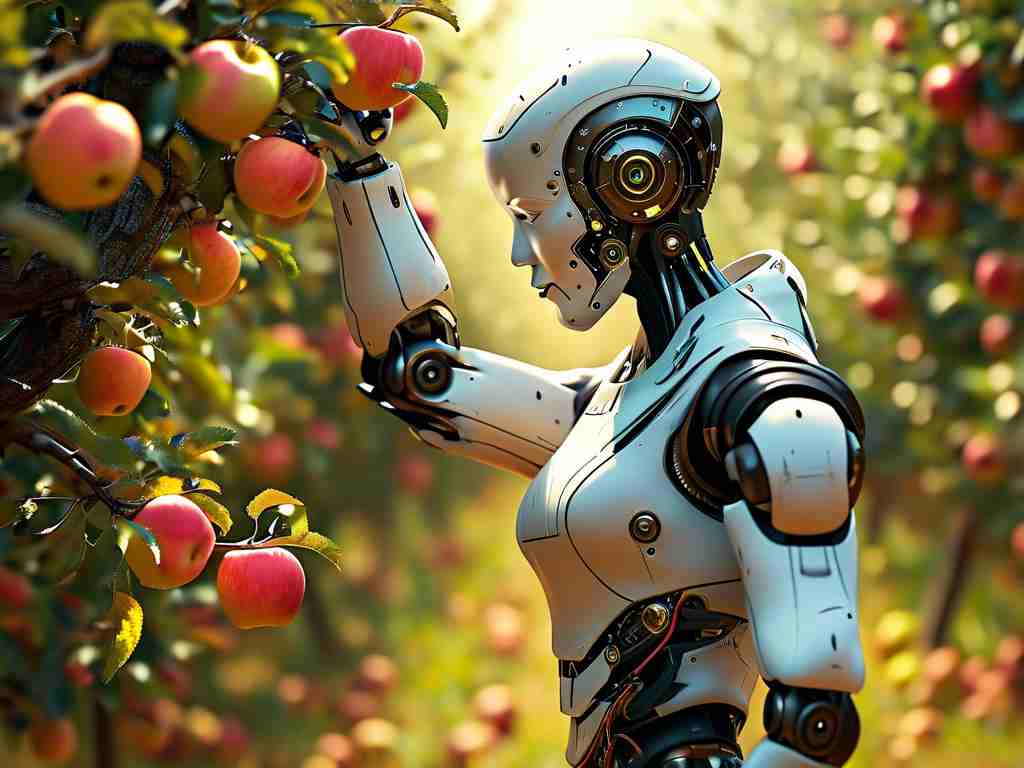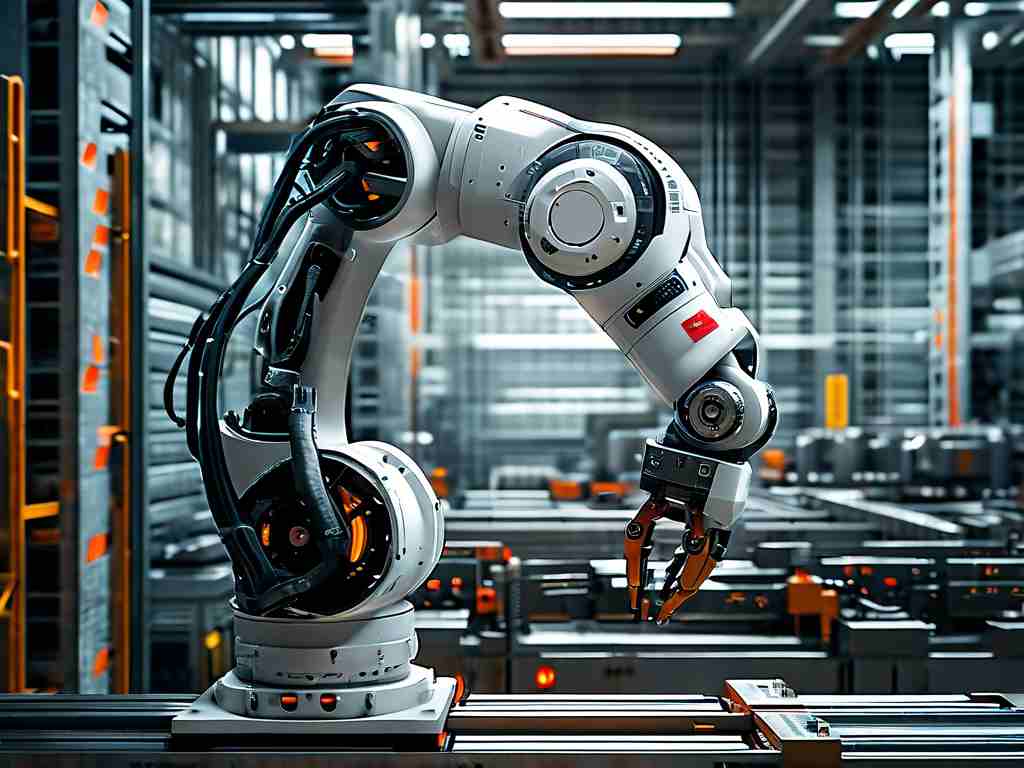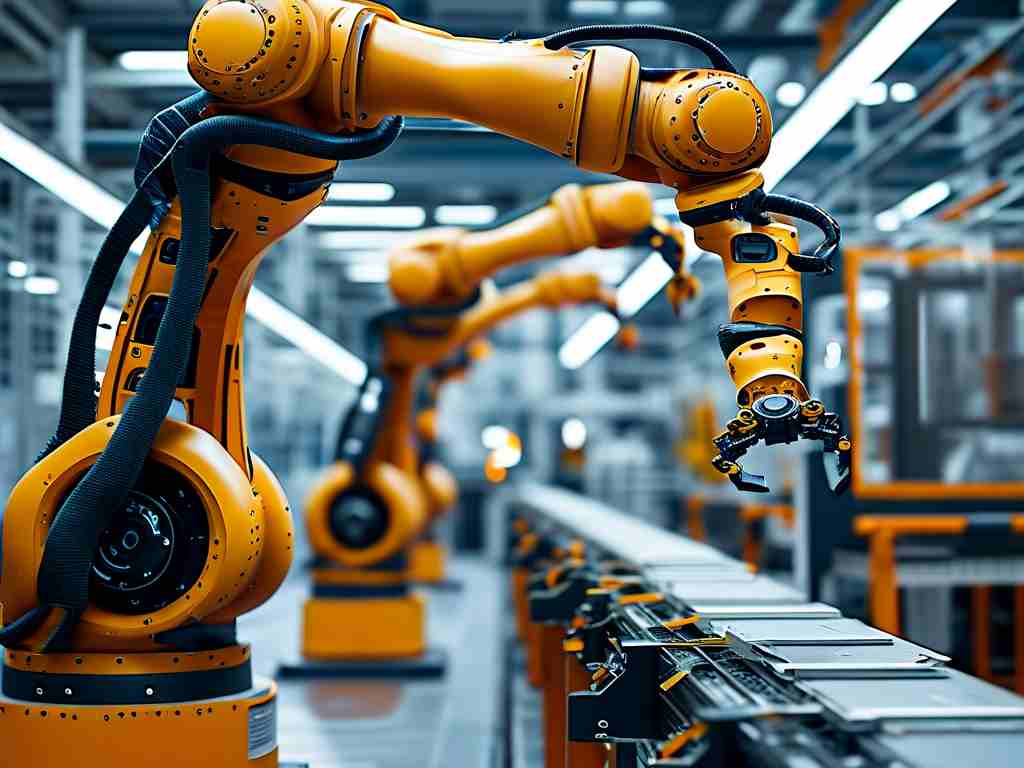The automation of apple harvesting through robotics represents a frontier in agricultural technology, blending precision engineering, computer vision, and adaptive control systems. While the concept promises to address labor shortages and improve efficiency, multiple technical hurdles must be overcome to achieve commercial viability. This article explores the core challenges faced by developers and the emerging solutions reshaping modern orchards.

1. Environmental Variability and Target Identification
Orchards present a dynamic environment where lighting conditions, foliage density, and fruit positioning vary significantly. Unlike controlled industrial settings, robotic apple harvesters must navigate irregular terrain while differentiating ripe apples from leaves, branches, and unripe fruit. Advanced multispectral cameras combined with LiDAR sensors have shown promise in creating 3D fruit maps, but false positives caused by shadows or overlapping objects remain problematic. Researchers at the University of Tokyo recently demonstrated a hybrid algorithm that reduces misidentification rates to 8% under moderate occlusion by analyzing surface texture gradients and thermal signatures.
2. Delicate Manipulation and Damage Prevention
Apples bruise easily, requiring harvesters to apply precisely calibrated force during picking. Traditional robotic grippers often compress the fruit or detach stems improperly, leading to post-harvest losses. A breakthrough came from SoftRobotics Inc., which developed pneumatically controlled silicone fingers capable of adjusting grip pressure in real time using feedback from embedded strain gauges. Field tests in Washington state orchards revealed a 92% success rate in stem separation without fruit damage, though the system struggles with apples growing in tight clusters.
3. Motion Planning in Constrained Spaces
Apple trees grow in complex architectures that challenge robotic arm maneuverability. Kinematic redundancy – the ability to reach targets from multiple angles – becomes critical. Boston-based Harvest Automation employs a seven-axis arm with collision-avoidance algorithms that recalculate paths every 0.2 seconds. However, this computational intensity increases power consumption, limiting operational hours per battery charge. Engineers are exploring biomimetic designs, including snake-like articulated arms inspired by elephant trunks, to navigate dense foliage more efficiently.
4. Speed-Cost Tradeoffs in Commercial Deployment
Human pickers harvest approximately 1 apple every 3 seconds with 95% accuracy. Current robotic prototypes average 15 seconds per apple at triple the error rate. Carnegie Mellon’s latest prototype achieved 8-second cycles using parallel processing units, but the $75,000 hardware cost remains prohibitive for small farms. Startups like Abundant Robotics are testing shared autonomy models where humans supervise multiple robots, potentially lowering per-unit expenses through swarm coordination.
5. Weather Resilience and All-Season Operation
Morning dew, rain, and dust accumulation degrade sensor performance. MIT’s Computer Science Lab addressed this by integrating self-cleaning camera housings with hydrophobic coatings and air-jets. More critically, temperature fluctuations affect joint lubrication in robotic arms. A Cornell University team developed phase-change materials that maintain optimal viscosity between -5°C to 45°C, crucial for dawn-to-dusk harvesting in temperate climates.
The path forward lies in modular systems that combine specialized hardware with machine learning adaptability. Dutch company FFRobotics recently deployed a harvester that retrains its neural networks weekly using orchard-specific data, improving picking accuracy by 3% per iteration. As battery densities improve and sensor costs decline, industry analysts predict 40% of global apple orchards will adopt semi-automated harvesting solutions by 2035. These advancements not only preserve fruit quality but also redefine sustainable farming practices through reduced pesticide drift and optimized yield mapping.
In , robotic apple harvesting stands at an inflection point where academic innovations are transitioning to field-ready solutions. Overcoming the intertwined challenges of perception, manipulation, and economic scalability requires cross-disciplinary collaboration – a testament to how agricultural robotics continues to push the boundaries of what’s technically achievable.









